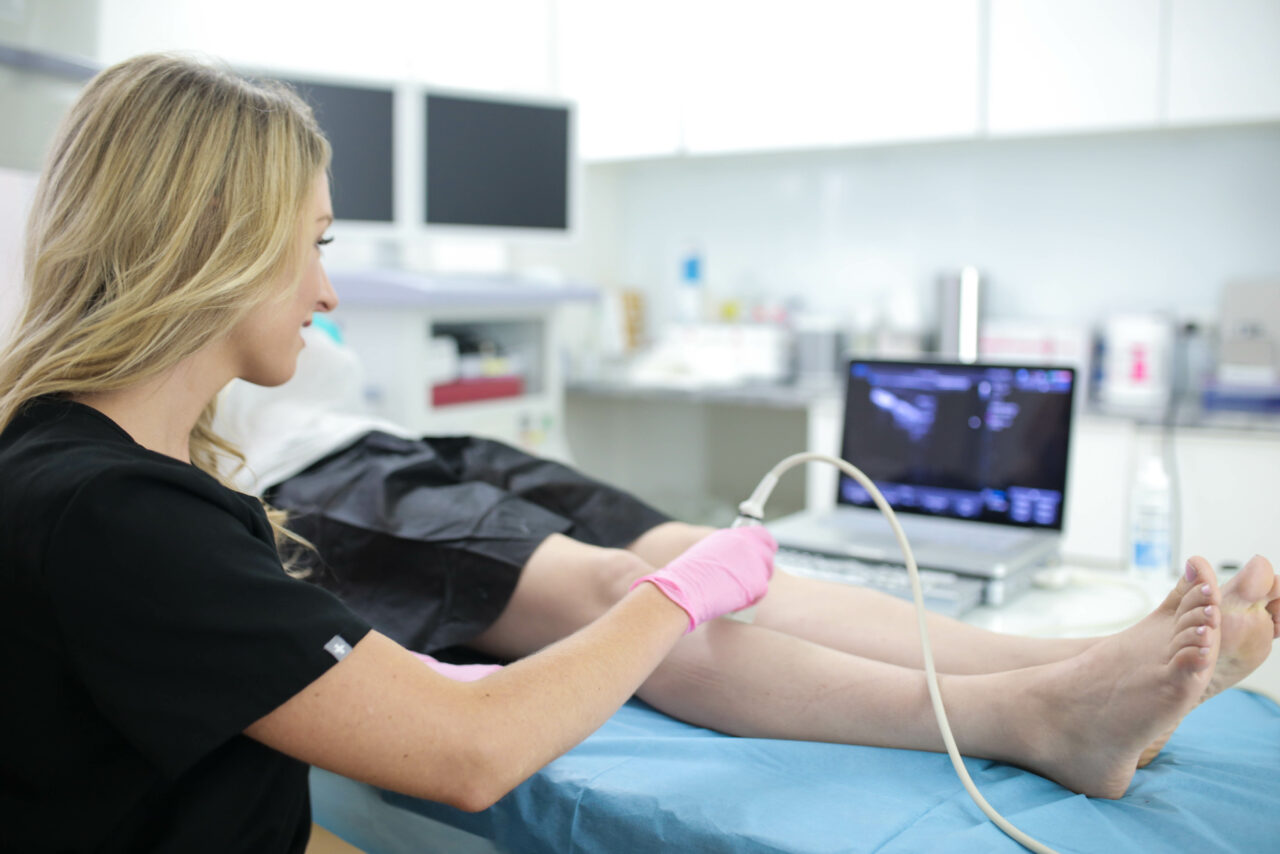What Are the Precautionary Measures of Varicose or Spider Veins?
Some people find it difficult to recover fully from spider or varicose veins because of family history or other risk factors. There are many preventive measures that you should implement in the treatment of varicose and spider veins. However, the treatment of spider and varicose veins depend on the condition of the patients. For mild cases, the varicose veins can be cured by self-care or home tips, while for severe conditions, it can be cured through laser or radio frequency therapies.
Following the below-mentioned measures, people can reduce the symptoms or appearance of varicose veins.
Exercise
Make a regular exercise habit that strengthens leg and veins and circulation. Focusing only on exercises designed for leg muscles can protect people from developing new varicose and spider veins. However, low-impact activities, including walking, biking, swimming, or yoga, will likely reduce the symptoms and visibility of existing varicose veins.

Maintain Weight
Obesity can enhance the risk of developing varicose and spider veins. Lessen weight, not put too much pressure on your legs, and improve blood circulation.
Elevate your Legs
Elevate your legs when resting, while don't cross your legs when sitting. Elevating legs improves blood flow and doesn't put high pressure on veins, ultimately reducing the symptoms of spider and varicose veins.
Don't Sit or Stand in One Place for a Long
Sitting or standing for long hours in one place allows you to pull in your legs, enhancing the risk of forming spider and varicose veins. If you have a sitting job, it is recommended to get up, pause, and walk every 30 minutes. If you are standing, take a short break and walk every 30 minutes.
Wear Compression Socks
Compression stocking protects you from forming varicose or spider veins and puts you at low risk of worsening. Compression stocking compresses the veins in the leg, allowing blood to flow back to the heart.
There is no particular cure or treatment for varicose veins or spider veins. But, self-care measures or home-effective tips reduce the appearance and symptoms of varicose or spider veins. Self-care tips such as developing a healthy balanced diet, a healthy lifestyle, and compression stockings are ideal for treating mild cases of varicose veins. Elevate your legs multiple times a day and perform exercise, don't sit or stand for long in one place.
Sclerotherapy is the most common treatment for treating small varicose or spider veins. During the treatment, a healthcare provider injects a chemical into the affected veins, which causes the walls to swell and stick together.
Healthcare experts also use laser therapy for treating complicated cases of varicose veins. Removal of the vein becomes necessary in some critical conditions.

How Much Does Varicose Vein Treatment Cost? The treatment cost of varicose veins depends on factors like the severity of the patient, the city, and the line of treatment suggested by healthcare practitioners.
What Kind of Specialist Treats Varicose Veins? Phlebologists, Vascular Surgeons, and Interventional Radiologists specialize in prescribing the best line of treatment for varicose veins illness.
Conclusion
Varicose and Spider veins are similar to some extent, with a minor difference in that spider veins are small in appearance than Varicose veins. No medications are available for this treatment, but we can reduce the symptoms or appearance of varicose veins with self-care tips or conservative methods. Healthcare experts suggest laser therapy for complicated cases to treat varicose veins.
Article Source : https://www.gohealthtips.com/what-are-the-precautionary-measures-of-varicose-or-spider-veins/
Comments
Post a Comment